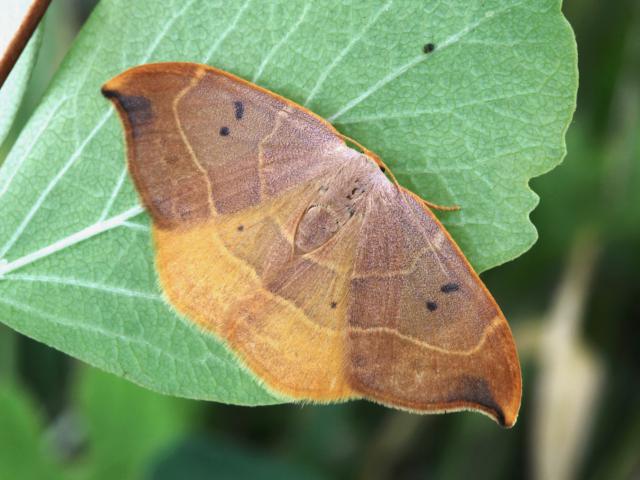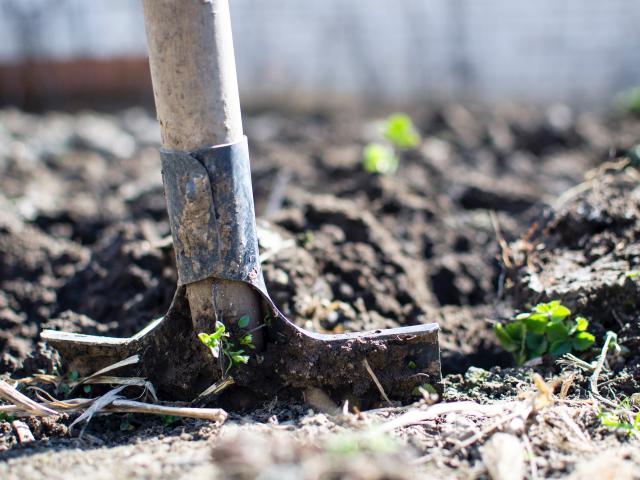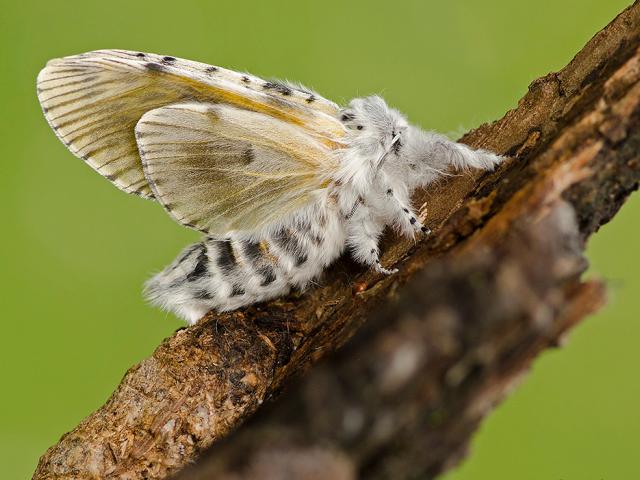Moths are in trouble and need our help. Their numbers have decreased alarmingly over recent decades. This situation is not just bad for the moths themselves, it's also a problem for all the other wildlife that feed on moths and their caterpillars. Fortunately, there are many things that we can all do to benefit moths.

Many of the declining moth species, like the Burnished Brass and Oak Hook-tip, live in gardens and hedgerows. Although decreasing, these moths and their habitats are still widespread enough for everyone to be able to help in their conservation. The way we all manage our gardens can make a big difference.
Perhaps the easiest way is simply by managing them a little less! Too much tidiness is not good for wildlife, and nor are concrete, decking and gravel. You can also help by the choice of plants you grow in your garden.

If you have hedges, limit the amount of trimming. Cutting field hedges every few years is much better for moths than annual flailing. Hedgerows with trees and wide grassy margins are especially good habitats. Organic farming can also be beneficial, as it reduces the use of pesticides, herbicides and fertilizers and maintains more healthy and varied habitats for moths. So, buying organic can be a great help.
Climate change is affecting moths as well as other wildlife. You can contribute to slowing and limiting climate change by trying to reduce your carbon footprint, especially by reducing your use of fossil fuels for heating and travel.

Information on the changes in moth populations can help conservation organisations to understand the problems and plan effective actions. You can help with this by becoming a regular moth recorder. You don't need to be an expert!
Download our How to start "mothing", our beginners' guide to moth recording to find out more. You can learn more about moth-friendly gardening and other ways to help moth conservation.

